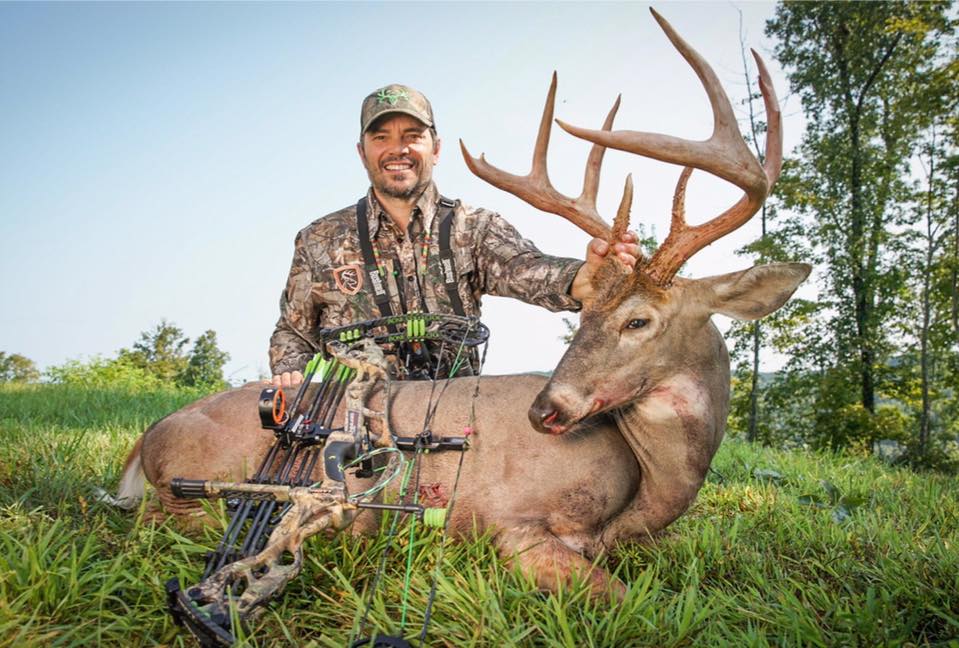Waiting for the Right Time Can Prove Extremely Beneficial
Deer hunting is a game of chess. You make a move. The deer makes a move. And back and forth we go. Having said that, we’re sometimes better off not to make a move. Or, at least, waiting until the right time to make it. Here are a few of the conditions you will need to watch for when looking at the perfect day of deer hunting. Anyone of such will make for better deer hunting. Have got several (or all) of them hit simultaneously and you’re likely set for the hunt of the lifetime.
Do you wait until the conditions are in your favor to hunt your best stands? (Bill Konway photo)
1. The First and Last Hour of Daylight: If you look at the study, it implies that mature dollars move most at daybreak and dusk. There’s simply no changing that. The information suggests that’ll continually be correct regardless of outside aspects. That includes the period of the year, hunting stress, etc. As commonly mentioned, midday hunts can become very effective, but your own best odds of eliminating a deer are nevertheless in that first plus last hour of gentle.
2. When Temperatures Are Below Historical Averages: Big temperature drops are key. But what’s a substantial temperature change? For me, it’s any temperature golf swing (up or down) of 15 to 20 certifications (or even more) in just a 24-hour period. Be sure you have your heavy-duty King’s Camo hunting clothing on when you have those really frosty spells.
3. When Weather Fronts Move In: Weather fronts seem to really get deer up and moving. They sense the oncoming weather and tend to feed heavily just prior to its arrival, and if it lingers, just after its departure, too. As previously mentioned, big temperature drops typically accompany fronts.
4. Weather Events: Precipitation. Anything weather-related. They don’t need to be large fronts. Smaller types encourage deer to move, too – particularly if they occur during the first and last few hours of the day.
5. When the Wind Is in Their Favor: Mature bucks almost always use the wind to their edge. That includes when they bed, give food to and go to drinking water. That’s why they’re more likely to move in a given location during daylight if the wind is within their favor while doing so. That’s where just-off winds come into play. Hunt those times when deer think the wind is within their favor, but it’s just good enough that you’re able to get a shot off with no deer smelling you.
6. When the Barometric Pressure Is Around 30: Some people don’t think barometric pressure affects deer movement. Others think it does. I’ve seen evidence that supports both sides. Make your own conclusions.
7. Moon Position: Don’t confuse this with moon stage. There’s no study that suggests deer move more or less on a full moon or any stage for that matter. However, there is lots of research that supports the theory that deer get up and feed even more when the moon is definitely straight overhead and underfoot. I’ve noticed it happen with my own eyes since I began following this theory.



